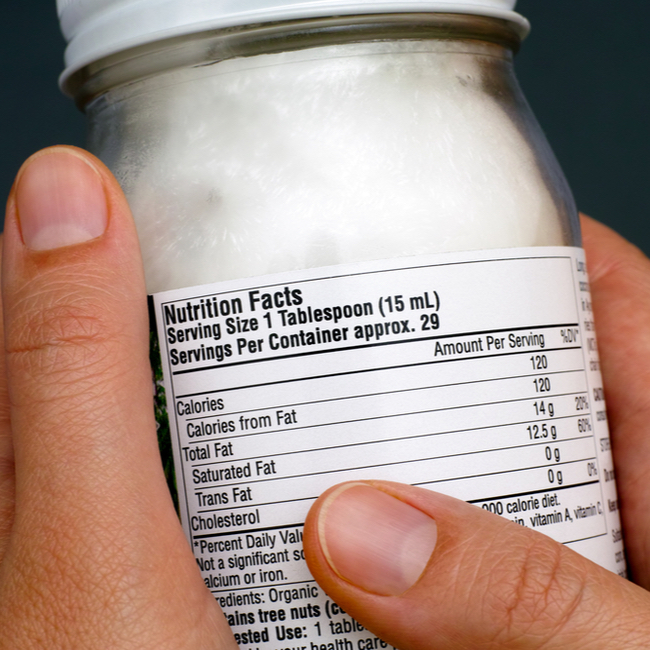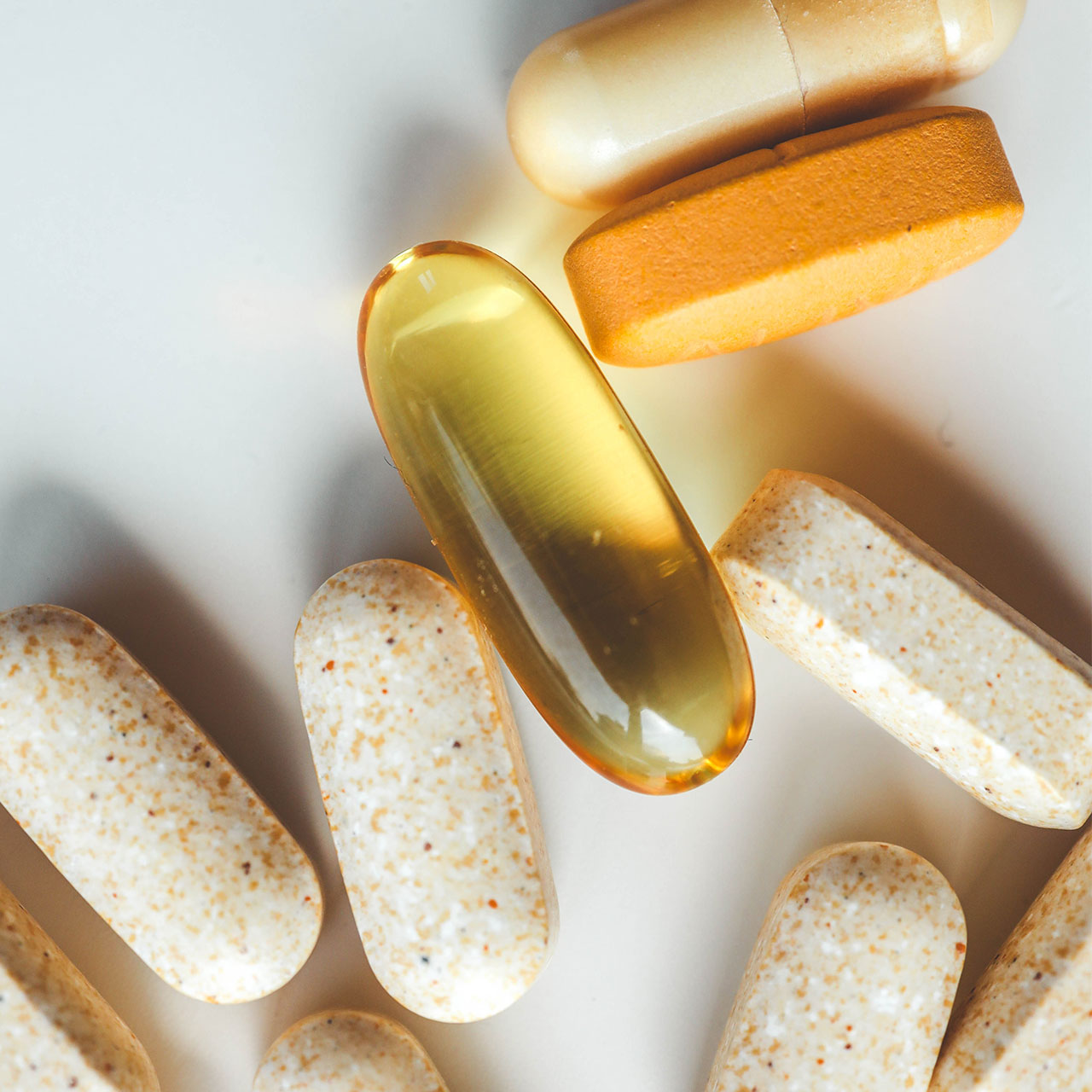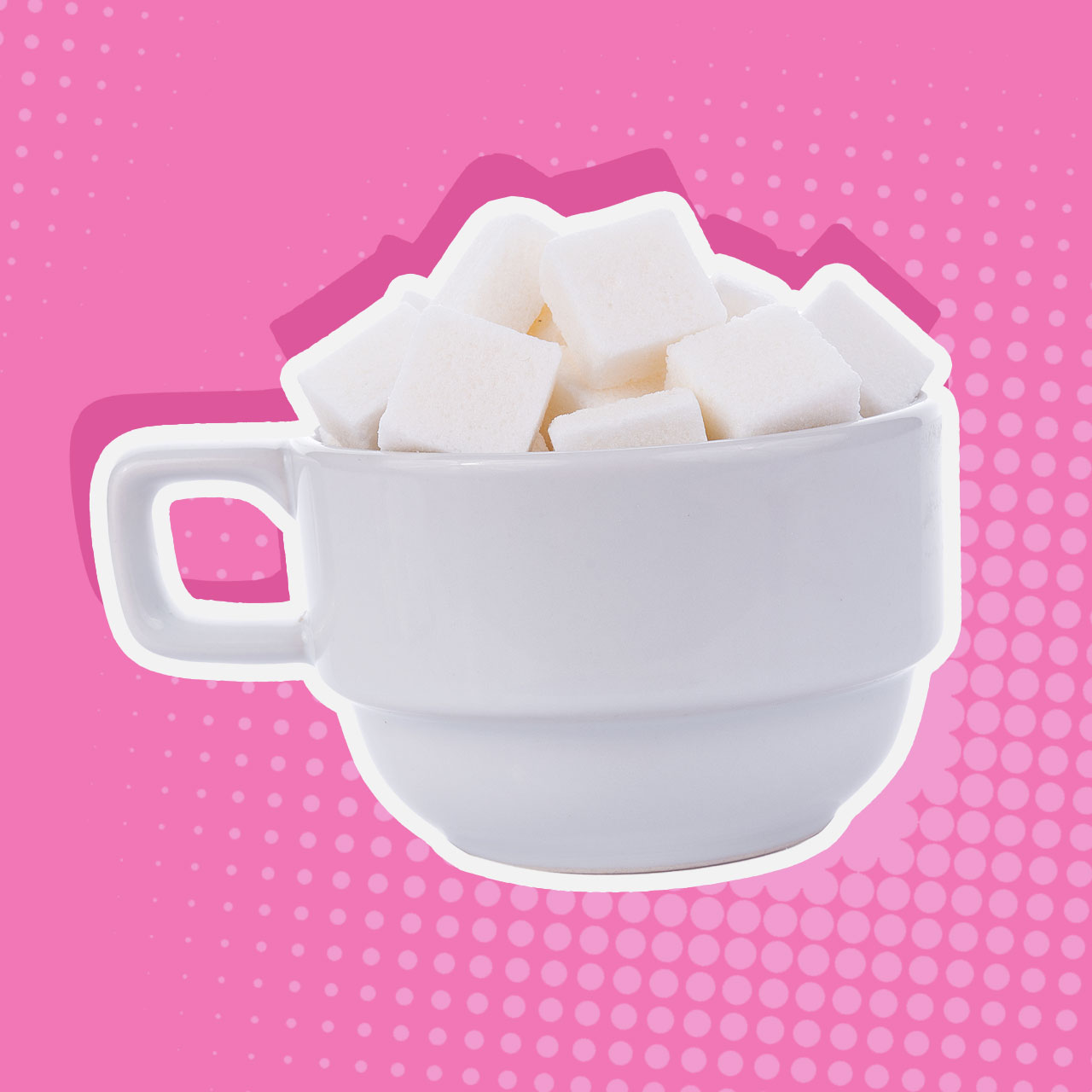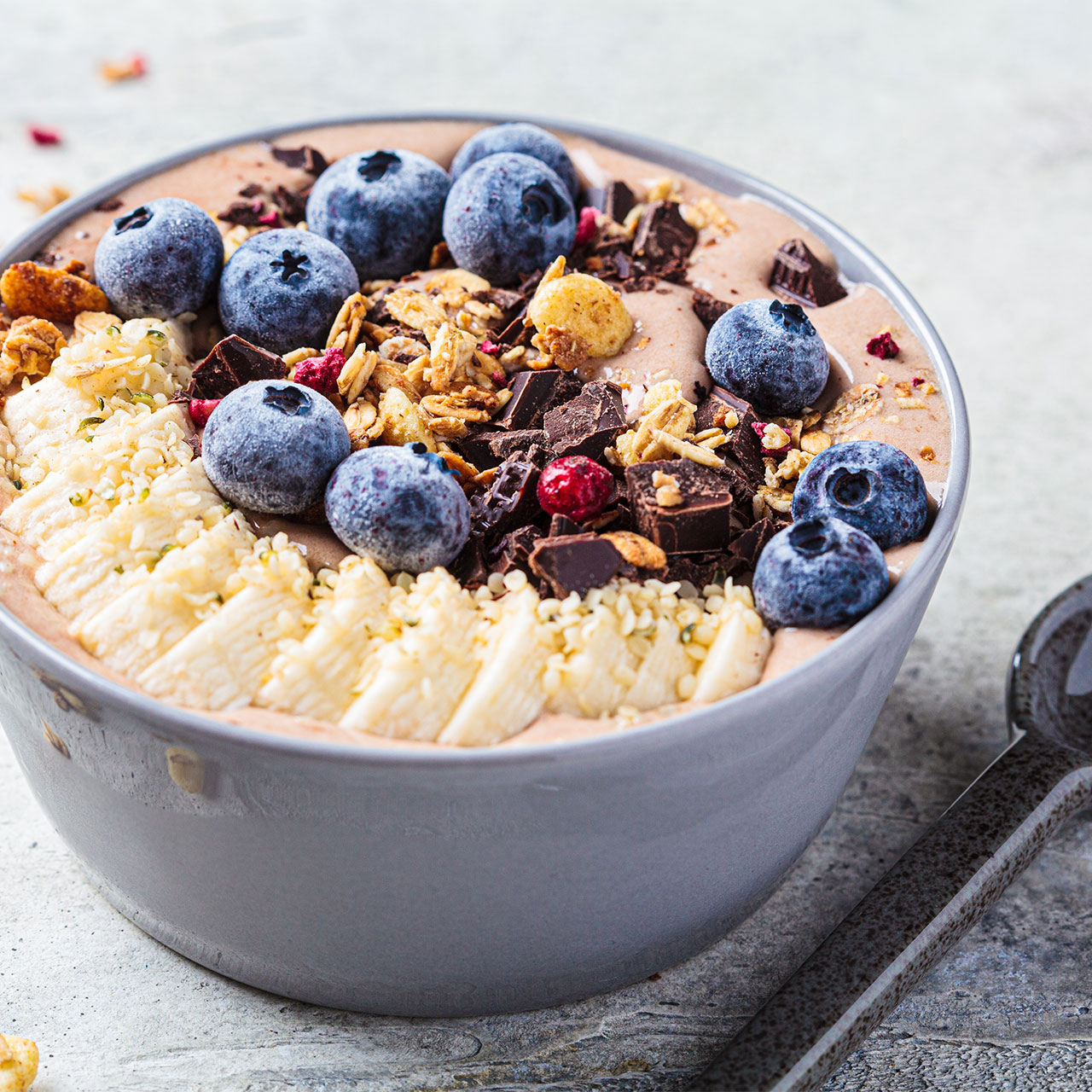While working towards healthy weight loss, one hack for ensuring you’re providing your body with the ingredients it needs to see results is by checking the nutrition labels of your food. Providing valuable information on the macro and micronutrients each grocery item contains, the labels can help to determine whether or not certain foods should make it into your cart, and subsequently into your body.
However, if you’re new to healthier eating it can be daunting to figure out what the label is actually telling you, and what are indicators that a food item may not be as good for your body as it initially seems. To get a clear answer on the major red flags to look for on your nutrition labels for the healthiest diet possible, we checked in with Zoë Schroeder, MS, RDN, CSCS who explains that there are several things you need to keep an eye out for.


Serving Size
Keeping aware of the serving size is essential for understanding the nutritional value of your meal, and one major red flag is when the serving size is notably small with a high calorie count. “Of course the first step is to check the serving size at the top of the label, because without knowing this, all of the numbers below are meaningless,” notes Schroeder. “First, know how much the label is referring to before moving on to the other information.” One common trap is “healthy” foods claiming to be low in calories, but if the serving size will not keep you full it’s not worth including, making this the most important step in evaluating the nutritional label.
Added Sugar
Seeing as artificial sugar is one of the most common causes of weight gain, it’s important to know how much has been included in your food. “The USDA recommends keeping your added sugar intake to less than 10% of your total calories, but I recommend to reduce it as much as possible,” suggests Schroeder. “Even items that you might not think of as being "sugary" can have high added sugar, like condiments, bread, and yogurt, so it is always a good idea to check and opt for no added sugar options whenever possible.” However, natural sugar is much less of a contributing factor to weight gain, so it’s really added sugars you’ll need to stay cognizant of.
Sodium
Finally, sodium is another primary ingredient to keep an eye out for when evaluating the nutritional label, as high amounts of sodium can cause bloating and water retention which makes seeing significant changes in your body much more difficult. “The average American consumes 3,400 mg of sodium, which is over a gram more than the recommended daily allowance of 2,300 mg,” notes Schroeder. “High sodium can not only contribute to water retention and feeling bloated, but over time, increases your blood pressure and risk of heart disease.”
Keeping your salt intake to a minimum and opting for foods that are labelled “low sodium” are generally your best bet for ensuring your food choices will benefit your body, and paying attention to this in tandem with serving size and sugar content will make all the difference in weeding out unhealthy ingredients from your diet.


























